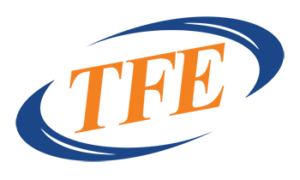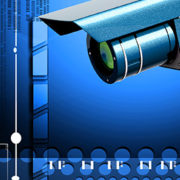4 ways to increase efficiency through technology
You’ll often hear people complain about technology (perhaps while struggling with a brand new coffee maker or trying to reprogram the thermostat), but the truth is … recent advances in technology have completely revolutionized the way we work.
By making use of technology that’s widely available, almost any business can hugely increase productivity. Here are four efficiency-enhancing technologies that you’ve most likely heard of but have yet to implement …
Cloud computing
80 percent of small businesses in America are expected to be using the cloud by 2020 – that’s huge. Cloud-based solutions mean that your employees are no longer tethered to their desks but instead, can work efficiently from anywhere in the world.
This enables you to be more flexible with your recruiting efforts, and it gives you the ability to pull resources with ease (paving a path to greater scalability and efficiency). Cloud computing offers a level of agility that most businesses could only dream of 10 years ago — and to top it off, it’s disaster-resilient, too.
VoIP
Many offices still rely on an in-house telephone service. Not only is this costly, but it’s far from efficient. Getting in contact with the person you want to talk to can be a nightmare, especially if they’ve recently moved to a different department (or simply switched desks).
However, things are different with VoIP (Voice over Internet Protocol) – a platform that routes calls through your network instead of over old-fashioned phone lines. This means that your employees can keep the same number when they move offices. They can even transfer calls to their connected devices and answer calls when they’re out of the office.
Even better, you can add or remove users quickly, without having to ask for professional support.
Collaboration software
There is a wealth of tools available to help your employees collaborate more effectively. Email might suffice for simple one-to-one communication, but a message thread can quickly become a tangled mess when multiple users and files are involved.
Collaboration tools like Microsoft Teams and Trello eliminate communication problems like these. And plus, they’re incredibly intuitive to use, and many of your employees are probably familiar with them already.
With a lack of communication often rated as one of the biggest workplace issues, investing in collaboration is a top priority for businesses around the world.
CRM systems
Customer relationship management systems are designed specifically to make communication with your customers smooth, simple, and fast. By gathering and structuring customer information, CRM systems help your employees resolve customer queries quickly and efficiently.
However, what’s good for your customers can also be great for your business. A CRM system allows you to take advantage of advanced analytics to understand your customers better. In fact, one study estimated that businesses saw a return of almost 800 percent on investments made into CRM.
Managed IT services
The technologies listed above have the potential to revolutionize the productivity of almost any office. Of course, in order to be deployed effectively, they require a robust and well-managed IT system – think of it as the framework on which all of these technologies depend.
In order to ensure your IT solutions are in tip-top shape, many businesses turn to the experts – otherwise known as a managed IT provider.
A managed IT provider can not only help you build a secure system but advise you on how to best implement and manage the solutions listed above.
Obviously, good technology doesn’t stop here, and there are plenty of other ways to increase efficiency through technology. To take your knowledge a step further, check out the benefits of professional cabling.










